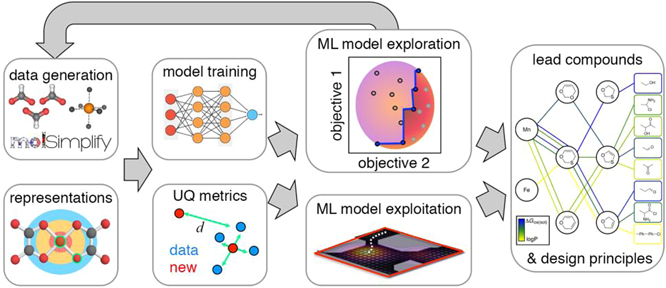EST研究路线图|电子结构中的机器学习路线图

文章介绍
H J Kulik, T Hammerschmidt, J Schmidt, S Botti, M A L Marques, M Boley, M Scheffler, M Todorović, P Rinke, C Oses, A Smolyanyuk, S Curtarolo, A Tkatchenko, A P Bartók, S Manzhos, M Ihara, T Carrington, J Behler, O Isayev, M Veit, A Grisafi, J Nigam, M Ceriotti, K T Schütt, J Westermayr, M Gastegger, R J Maurer, B Kalita, K Burke, R Nagai, R Akashi, O Sugino, J Hermann, F Noé, S Pilati, C Draxl, M Kuban, S Rigamonti, M Scheidgen, M Esters, D Hicks, C Toher, P V Balachandran, I Tamblyn, S Whitelam, C Bellinger and L M Ghiringhelli
期刊介绍

- Electronic Structure(EST)是一本新发表的多学科期刊,覆盖电子结构研究的理论和实验工作,包括新方法的开发。EST是第一本致力于服务电子结构领域的期刊,涵盖材料学、物理学、化学和生物学。除了原创性研究外,EST还发表专题综述、专刊和技术笔记。
